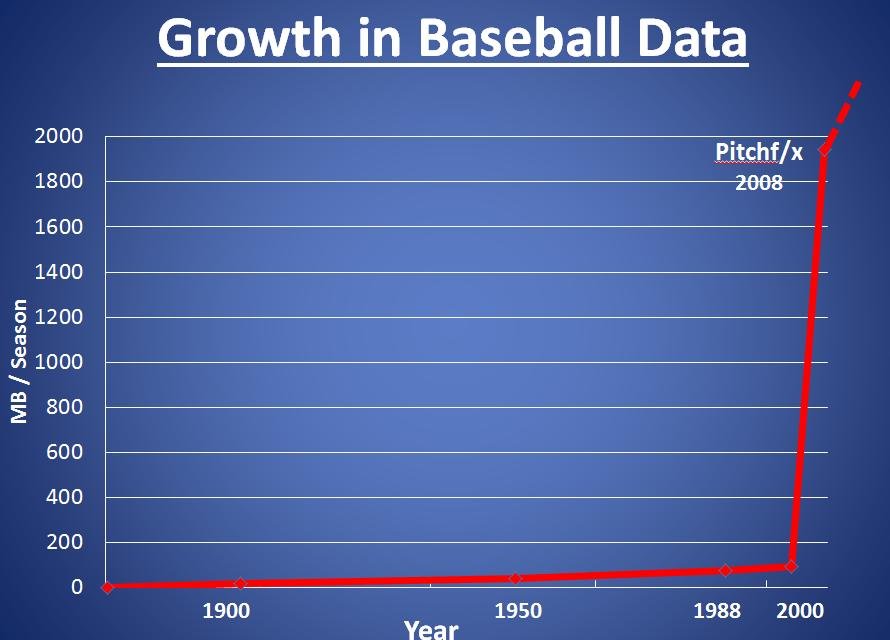Breaking Down the Game-Changing Strategy of ‘Moneyball’: How Data Analytics Revolutionized Baseball on Screen
Baseball has always been a game steeped in tradition, with scouts relying on their intuition and experience to evaluate players. However, in 2002, the Oakland Athletics shook up the baseball world with their novel approach to building a winning team. Their strategy, which relied heavily on data analytics, was chronicled in the book “Moneyball” by Michael Lewis and later adapted into a movie starring Brad Pitt. In this article, we’ll explore the game-changing “Moneyball” strategy and how it revolutionized baseball on and off the screen.
Baseball has always been a game steeped in tradition, with scouts relying on their intuition and experience to evaluate players. However, in 2002, the Oakland Athletics shook up the baseball world with their novel approach to building a winning team. Their strategy, which relied heavily on data analytics, was chronicled in the book “Moneyball” by Michael Lewis and later adapted into a movie starring Brad Pitt. In this article, we’ll explore the game-changing “Moneyball” strategy and how it revolutionized baseball on and off the screen.

Introduction to Moneyball
If you love movies about underdogs and unconventional methods, then you’ll love “Moneyball.” This movie is based on the true story of how Oakland Athletics general manager Billy Beane revolutionized baseball by using data analytics to identify undervalued players. By focusing on statistics rather than intuition, Beane built a winning team despite having a small budget. “Moneyball” shows how the power of information can change the game, and it’s a must-see for any sports fan or data enthusiast.
Importance of data analytics in baseball
Moneyball strategy in baseball data analytics has changed the way baseball teams are built and has proven to be a game-changer in the sport. Data analytics is important in baseball as it allows teams to identify undervalued players and make smarter decisions in terms of drafting, trading, and free agency. It also helps teams to analyze the performance of their players and make adjustments in their game strategies. The use of data analytics has led to the emergence of new metrics that help teams evaluate players’ abilities in a more comprehensive way. This has revolutionized the way baseball is played and has made it more exciting for fans.
Traditional vs Moneyball approach to player evaluation
In the world of baseball data analytics, there are two primary approaches to player evaluation: the traditional method and the Moneyball strategy. The traditional approach relies heavily on subjective observations, such as a player’s physical appearance and personality, as well as outdated statistics like batting average and RBIs. In contrast, the Moneyball strategy uses advanced statistical models to evaluate player performance, focusing on factors such as on-base percentage and slugging percentage. This approach has been successful for many teams, including the Oakland Athletics, who famously used the strategy to build a competitive team with a limited budget. As the world of sports continues to embrace data analytics, the Moneyball strategy is becoming increasingly popular among teams and fans alike.

Case study
Case study: Moneyball Strategy in Baseball Data AnalyticsThe Moneyball strategy in baseball data analytics is a fascinating case study that shows how big data and analytics can transform a sports team’s performance. It is a perfect example of how data-driven decision-making can lead to success even when the odds are not in your favor. The Moneyball strategy was made popular by Oakland Athletics in 2002 when they used data analytics to identify undervalued players and build a competitive team that went on to win 20 consecutive games. This strategy has now become a trend in sports, especially in baseball, and has inspired many teams to adopt similar data-driven approaches. The Moneyball strategy is an excellent example of how analytics can revolutionize a sport and help teams achieve success.
Moneyball’s impact on the rest of the league
Moneyball strategy in baseball data analytics has revolutionized the way teams evaluate and acquire players. The 2011 film “Moneyball”, based on the book of the same name by Michael Lewis, brought this strategy to the mainstream. The movie highlighted the success of the Oakland Athletics and their general manager Billy Beane, who relied on statistical analysis to build a winning team on a limited budget. The impact of Moneyball has been felt across the league, with teams prioritizing advanced metrics and data analysis in their decision-making processes. The movie has also sparked a broader conversation about the role of technology and data in sports, making it a must-watch for any sports fan or analytics enthusiast.
Criticisms and limitations of Moneyball
Despite the success of the Moneyball strategy in baseball data analytics, there have been criticisms and limitations surrounding its implementation. One of the primary criticisms is that it relies too heavily on statistics and does not take into account the intangible aspects of the game, such as chemistry among teammates and a player’s work ethic. Additionally, some critics argue that it devalues traditional scouting and overlooks talented players who may not fit the statistical mold. Despite these limitations, Moneyball has revolutionized the way baseball teams approach player evaluation and has led to the increased use of data analytics in sports.

Evolving trends in baseball analytics
As with most industries, technology and data analytics have transformed the world of baseball. The “Moneyball” strategy, popularized by the book and movie of the same name, showcased how the Oakland Athletics used statistical analysis to build a winning team on a budget. Since then, baseball analytics has continued to evolve, with a greater emphasis on collecting and analyzing data from every aspect of the game. From player performance to scouting reports, teams are now relying on analytical insights to make informed decisions both on and off the field. As the game of baseball continues to evolve, it’s clear that data analytics will play a crucial role in building successful teams in the future.
Challenges and opportunities in implementing a Moneyball approach
Implementing a Moneyball approach in data analytics for baseball can bring about challenges and opportunities for teams. One of the main challenges is convincing traditional baseball thinkers to adapt to the new approach. However, if done successfully, it can lead to a competitive edge in the industry. Similarly, in the cinema and movies industry, the use of data analytics can provide insights into audience preferences and movie performance. Although it may take some time for the industry to fully embrace this approach, the potential benefits are significant. By using data to inform decision-making, cinema and movie producers can make more informed choices about casting, promotion and distribution, ultimately leading to a higher likelihood of success at the box office.
Future of Moneyball in baseball and other sports
The Moneyball strategy in baseball data analytics has been a game-changer for many teams, and its future in baseball and other sports looks promising. With advanced technology and machine learning, data analytics can provide insights into player performance and help teams make data-driven decisions. The success of Moneyball has already spread to basketball and football, with teams using data analytics to gain an edge in player recruitment and performance. As technology continues to advance, we can expect the use of data analytics to become even more widespread in the sports industry, revolutionizing the way teams play and strategize.
Conclusion and lessons learned from Moneyball
In conclusion, Moneyball is a great example of how data analytics can revolutionize the way we approach sports. The use of statistical analysis to identify undervalued players and build a successful team has become a widely used strategy in sports management. The movie also teaches us the importance of taking calculated risks and not being afraid to challenge the conventional wisdom. Moneyball serves as a valuable lesson for all businesses and industries on the power of data-driven decision making. Overall, it’s a must-watch for all sports enthusiasts and anyone interested in the application of data analytics in real-life scenarios.
For more information about Moneyball strategy in baseball data analytics, including movie details, cast information, etc..
check out the filmaffinity page.



